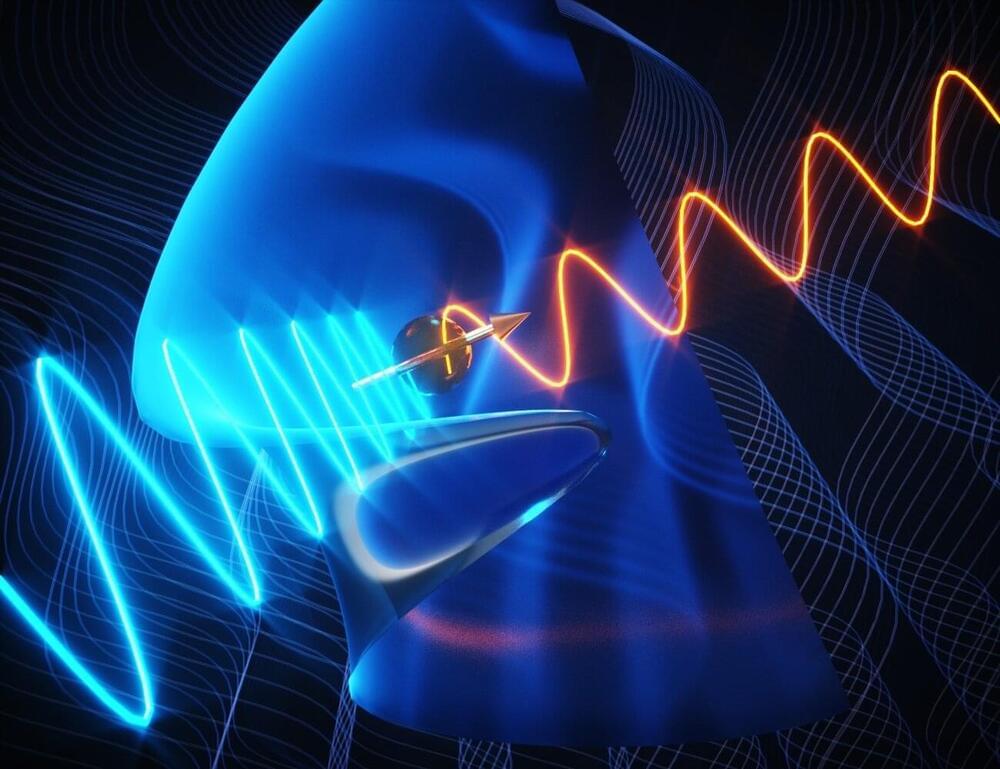A new colorectal cancer drug has shocked researchers with how effective it is against the highly dangerous disease, after it virtually cured every member of a clinical trial.
Dostarlimab, a monoclonal antibody drug that is already approved to treat endometrial cancer in the UK, smashed expectations in a trial at Memorial Sloan Kettering Cancer Center in New York.
One year after the trial ended, each of the 18 participants’ cancer had gone into remission, with doctors unable to find signs of the cancer in their body.







